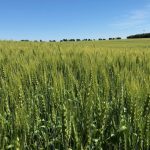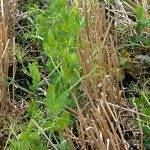The amounts of Canadian oilseeds crushed, as well as those for grains delivered, saw slight increases compared to the year before, according to Statistics Canada (StatCan). Domestic producers crushed 861,671 tonnes of oilseeds last June, more than the 821,292 crushed in June 2023. The June canola crush was reported to be 776,354 tonnes, with 334,909













